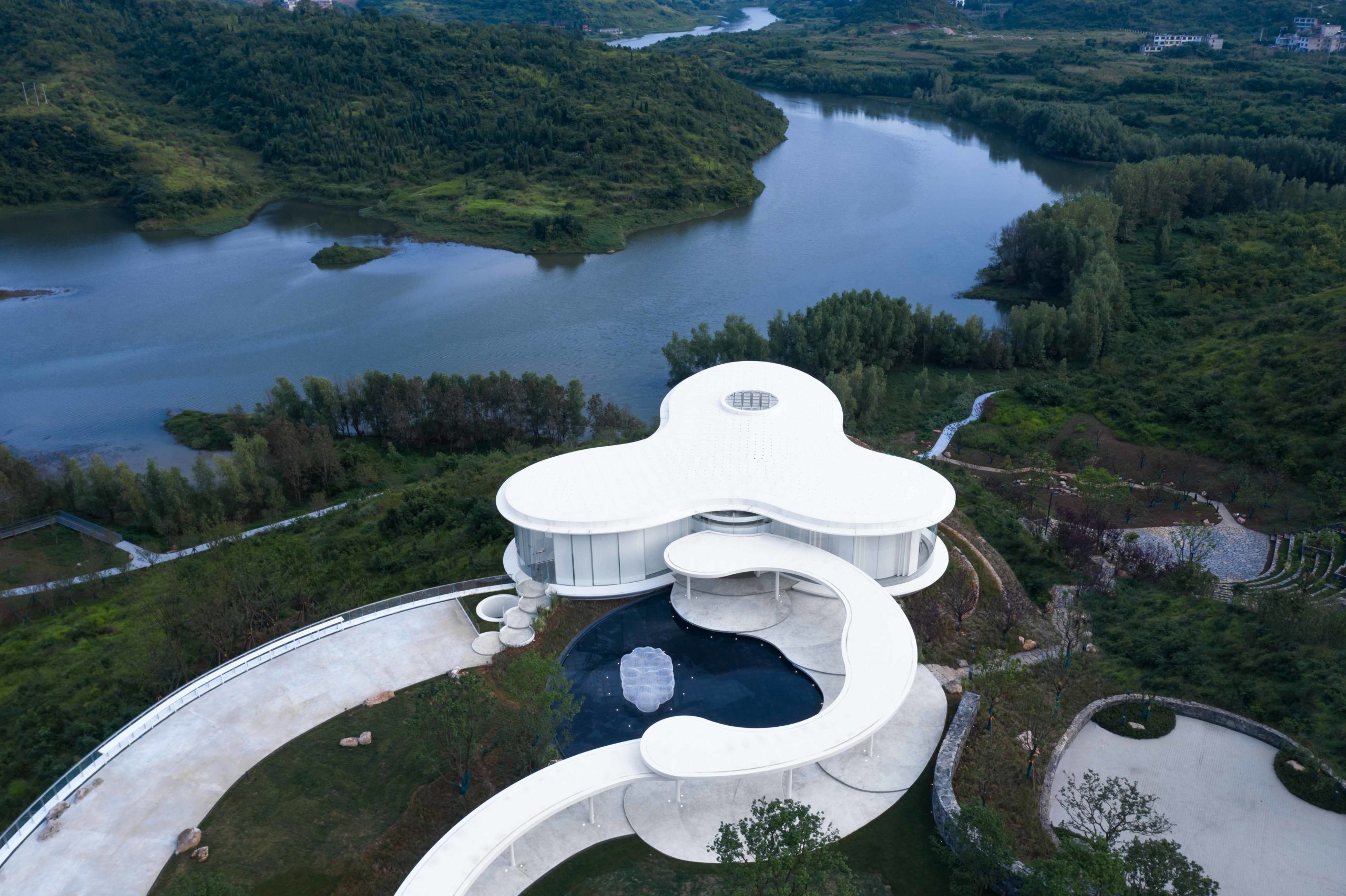
In addition, the existing structures are rehabilitated in accordance with current conditions.
#Beyond the breakwaters software#
Delft3D software package is used to numerically simulate the different scenarios at different times: 1, 5, and 8 years, respectively. Hydro-morphological modeling is applied to study the processes of the coastal zone, hence, evaluating the diverse alternatives mentioned above. In addition, a proposed plan consists of two main stages to mitigate the current problems raised by severe erosion through numerical investigation restoration of the existing beach by sand nourishment in addition to reducing the exposure of the coast to erosion and boost the protection of the recreational groin by implementing submerged offshore breakwaters. Shoreline change rates in the form of erosion and accretion patterns are automatically quantified by the End Point Rate. Firstly, this paper uses the integrated Digital Shoreline Analysis System (DSAS) with the Geographic Information System to detect changes in the coastline along the Blue Beach coast in Gaza during the 2011–2019 period. On the other side, the new recreational groin is unstable because it is not adequately designed to serve as a breakwater from a technical point of view. The Blue Beach resort is extremely deteriorated due to shoreline recession, where the width of the beach at some locations is less than 0.5 m. This paper investigates the morphological changes at the Blue beach, Gaza Strip, Palestine. Man-made improvements to the coastal areas can have a drastic short- and long-term impact on the sediment balance. In addition, the result shows a good correlation between the estimated algorithm depths and the observed depths. Ultimately, it is concluded that ratio transform algorithm used to extract bathymetry could retrieve depths from -25 m to -30 m.

Moreover, an accretion occurred at the southern beach of Gaza's fishing port with a rate of 9,53,103 m²/year during the period 2007–2014. In addition, shoreline analysis showed that, northern regions were substantially eroded by 186,15,103 m² in the period 1998–2007. Results of change detection revealed that coastal area was significantly changed: urban/built-up and agricultural area expanded, whereas area of bare land / sand shrank by 14,52 km². Finally, the ratio transform technique was applied to the newly acquired multi-spectral image to extract the nearshore bathymetric map of the coastal area. Secondly, change detection along the shoreline was implemented over the past 42 years from 1972 to 2014. Six classes were assigned to the study area using maximum supervised classification to investigate the evolution during past period. Firstly, land-use / land cover change detection was carried out using SPOT-5, Landsat and Quick Bird for the years 2004, 20. In addition, bathymetric map will be extracted using Landsat-8 image. This study aims to assess and map land-use / land cover and shoreline changes in Gaza coastal zone using remote sensing and GIS tools as a step towards implementing coastal zone management.

Gaza’ coastal zone suffers from permanent erosion as a result of the anthropogenic intervention. MarEA aims to comprehensively document and assess vulnerable maritime archaeology (underwater, nearshore, coastal) and produce baseline information that can enhance existing infrastructure on archaeological monitoring and management. This study falls within the scope of the Maritime Endangered Archaeology in the Middle East and Africa Project (MarEA). Additional information on the alteration of coastal landscape is deduced through the analysis of aerial photographs and satellite imagery. As a means of countering the challenges on current field research in the region and to further assess the damage and threats faced by archaeological fabric, this paper combines data from coastal and archaeological research conducted in the Gaza Strip to create a benchmark for the study of its maritime archaeology. Among the corollaries of this situation, is the destruction and marginalisation of vulnerable cultural heritage, particularly maritime cultural heritage, which is subjected to additional environmental, climatic, and anthropogenic pressures.

In this context, cycles of material preservation and damage-often accompanying other forms of violence-have attracted the attention of academics and international media. Existing historical knowledge of Gaza is dominated by combative narrative trends that emphasise the events of the 20th and 21st centuries and invoke archaeology extensively. As a result of its geographic location, cultural diversity and historical trajectory, the Gaza strip is a key zone of scholarly enquiry and has a central role in the historical, social, political, economic, legislative and environmental discourses for the wider region.


 0 kommentar(er)
0 kommentar(er)
